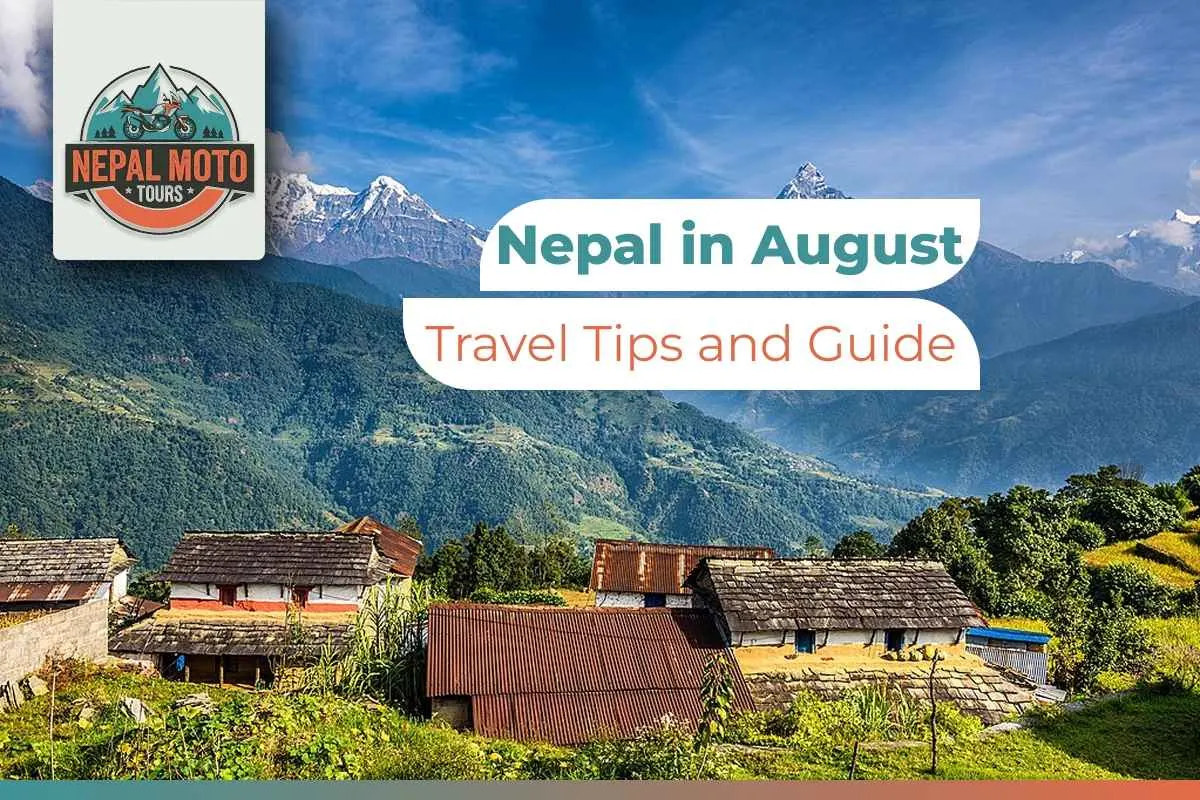If you are planning your tour to Nepal but are worried about the cold conditions and the availability of the higher altitude? February is one of the best months to visit Nepal since it is not too crowded like it is during the other seasons, especially in March, April, and May.
Although it would be somewhat chilly and the trails would be icy and have snow on them – the advantages would be the clearer visibility of the mountains and fewer people around. Visit the region during the fests to get a closer cultural touch in such events as Losar and Shivaratri fests.
In this article, you’ll learn all the tips you need to make your February trip to Nepal smooth and enjoyable.
Weather in February
February is generally characterized by a mixed climate throughout the country because of its topographical variation.
Here's a breakdown of weather conditions in Nepal in February:
- Average Temperature: The temperature differs between the altitudes and ranges from 4°C to 18°C (39°F to 64°F), while warmer areas like Kathmandu and Pokhara are found mildly colder regions as compared to the high altitude regions.
- High Altitude Regions: In regions such as the Himalayas however the climate becomes severely cold, often times it goes even beneath the freezing point at night. These regions may experience snow which is probably why trekking during this season is quite demanding but rewarding.
- Kathmandu & Pokhara: The weather is moderate with many days having cool evenings suitable for tourists to visit these attractions. It is perfect to visit for cultural and natural sites apart from the heat of summer and monsoon months.
- Rain/Snow: February is considered to be a part of the dry season in Nepal, and there is no report of rainfall. However, there can be at times, snowfall, especially in the higher regions which will make treks and mountains all the more adorable. In general, February is good for trekking, and sightseeing in Nepal with clear sky and wonderful views of mid-hills and cities.
Why Visit Nepal in February?
February for a vacation in Nepal is perfect because the climate is warm and ideally suited for travelling, and it still has natural attractions and the absence of overcrowding.
Some of the reasons to visit Nepal in February are:
- Clear Weather: To get some outstanding views of the snow-capped Himalayan range, February proves to be one of the best months as it provides clear skies. Landscape photographers as well as lovers of the natural world can take awesome shots with all the details brought in clear by the dryness and lack of fog.
- Fewer Tourists: Being an off-peak season, February provides you with the opportunity to trek on Nepal’s famous trekking routes as well as to visit different cultural sites in your own way. It’s less crowded compared to the spring and autumn months and the temperature of the place is also relatively calm which is good if you want to avoid the hustle and bustle.
- Mild Winter: It has cool mornings and nights but the daytime temperature, especially in the lower altitudes is warm but comfortable for several outdoor activities. The spring months are also desirable for travelling because you do not get sticky summer heat or monsoon rains while visiting such places as Kathmandu, and Pokhara or just aimless strolling in cities etc.
- Blooming Flowers: In the second half of February there begin the flowers of rhododendrons in a place like Annapurna, the hills turning colourful. These beautiful flowers contribute to the enjoyment of the trekking and at the same time add beauty to the treks and hikes.
Top Activities in February
The climate in February in Nepal is moderate and perfect for a lot of adventures and thus attracts people interested in adventure, culture, and nature.
Here’s what you can look forward to:
1. Trekking
- Everest Base Camp Trek: This trek is difficult because most of the time the trails are covered with snow and the temperatures may be extremely low; thus, it is recommended for experienced trekkers only. But the weather is amazing and even though the colors are absent the mountains are ever so visible in the sky.
- Annapurna Base Camp Trek: If well prepared this trek is moderately challenging: it takes you to glaciers and some of the most colorful villages around.
- Ghorepani Poon Hill Trek: An easy-going trek that offers a spectacular view of an early sunrise over the Annapurnas and the Dhaulagiris.
- Langtang Valley Trek: This is another relatively less energetic option and yet challenging with a moderate level of hiking through beautiful paths; traditional houses and breathtaking mountain views.
2. Cultural and Heritage Tours
- Explore Kathmandu Valley: Find out Nepal at its cultural best in the Kathmandu Valley which houses the Swayambhunath Stupa and the ancient Kathmandu Durbar Squares. Bhaktapur with its authentic Nepalese atmosphere and numerous crafts, provides a cultural bonus.
- Visit Pokhara: Pokhara presents the beautiful Annapurna Range and calm Phewa Lake, ideal for a rest as well as for a boat trip. It must also be an adventure centre as you’ve got paragliding, trekking and exploration of caves and waterfalls within the area.
3. Wildlife Safari
- Chitwan National Park: In February the weather is warm and dry, so this is the best time for a wildlife safari in Chitwan to see rhinos, tigers etc., and exotic birds. The park has jeep tours and boat rides as well as a chance to view wildlife in the forest and grassland area.
- Bardia National Park: For wildlife enthusiasts seeking less tourists, the Bardia National Park is recommended. It provides a dense forest trek with low-profile tourism, where visitors have chances to sightsee elephants, tigers, and other animals in a quiet and secluded landscape.
4. Adventure Sports
- Paragliding over Phewa Lake: Get a taste of the extreme while paragliding over Phewa Lake in Pokhara including awe-inspiring views of the lake and the mountains, including the Annapurnas. It is a must to do for those who are passionate about adventures and are nature lovers.
- White-water Rafting on the Trishuli River: The white water rafting on the Trishuli river is exciting in February due to the ideal water level. The rapids of the river may be felt while gazing at the amazing scenery around.
- Zip-lining and Bungee Jumping: For adventure seekers, zip-lining and bungy jumping close to Pokhara or the Bhote Koshi River are two entirely unique experiences with wonderful views of deep gorges and the mountains.
5. Pilgrimage Tours
- Lumbini: Visit Lumbini, the birthplace of Buddha and take a walk through its monasteries, yielding gardens and the Maya Devi Temple. It is a religious pilgrimage which establishes you with Buddhadhamma.
- Muktinath Temple: Muktinath Temple is a religious place for pilgrimage tours, located in the Mustang region of Nepal. Available only seasonally, it gives not only mental comfort but also amazing vistas of the Himalayas: the path opens in February depending on the snow.
Special Events in February
1. Losar Festival
Also known as the Tibetan New Year, Losar is a festival of Sherpas and Tibetans. It has active cultural booths, dancing and even food preparation ceremonies. According to the lunar calendar, it might be expected in January or February.
2. Shivaratri
One of the most important Hindu annual fairs dedicated to Lord Shiva, Shivaratri is observed with lavishing puja, arati, and bonfire at Pashupatinath Temple in Kathmandu. It’s a spiritual gathering in which thousands of people, mostly the sadhu (the holy men) come to join the event.
Packing Tips for February in Nepal
Packing smartly for your trip to Nepal in February ensures you stay comfortable and prepared for varying weather and activities.
Here’s what you need to bring:
1. Clothing
- Layered clothing is necessary as temperatures can differ from day to day significantly, depending on what height the climb will be. The layers could easily increase or decrease depending on the climatic conditions the hiker is facing.
- For treks and high-altitude visits, ensure that you pack warm jackets, thermal wear, and gloves to keep you warm at all times, especially in the morning and evenings.
2. Footwear
- Good quality hiking shoes are necessary to cover rocky terrains, snow or any other rough surface. Make sure they are worn and busted to enable the wearer to avoid blisters.
- To cater for city touring and cultural activities, you should pack comfortable shoes for walking the grounds, for example, temples and the market.
3. Accessories
- The sun in the Himalayan can be extremely strong even in the winter months so should pack sunglasses for your eyes and sunscreen for the skin.
- Winter in February has very dry air, you may tend to get chapped lips and dry skin; you need to pack some lip balm and a good moisturizer.
- A washed-out water bottle accompanied with water purification tablets helps to have water for drinking besides avoiding the use of plastic bottles especially if you are in an area where you cannot access bottled water.
Travel Tips
Planning ahead is key to making the most of your February trip to Nepal, whether you’re trekking, exploring cities, or travelling between destinations.
Here are some essential travel tips to keep in mind:
1. Trekking Preparations
- Mountain and peak treks are very strategic and they have to plan to include some rest days while trekking since it is very risky to trek at high altitudes.
- Do not leave behind crampons and trekking poles as there is ice and irregular ground during the February months.
2. Permits
- Make sure to get all the relevant trekking permits before your trek including the Trekkers Information Management System card (TIMS card), and the permits for the particular regions.
- Especially, for many trekking destinations such as Annapurna and Sagarmatha, travelers are requested to deposit the appropriate conservation fees to support the conservation of those beautiful territories.
3. Transportation
- If travelling by plane and moving domestically to such places as Lukla or Jomsom, then you’ll expect to experience delays due to weather since plane mobility tends to be influenced by the condition of the weather.
- For road transportation between cities such as Kathmandu, Pokhara, and Chitwan among others there is the availability of tourist buses.
4. Accommodation
- In trekked areas, teahouses and lodges may lack proper heaters hence one should carry along a good sleeping bag to keep warm at night.
- In cities, it’s advisable to make some reservations in advance to get better accommodation through the period of high influx.
Ideal Destinations in February
Nepal in February offers diverse experiences, from wildlife adventures to cultural exploration and scenic treks.
Here are some ideal destinations to include in your itinerary:
1. Lower Altitudes
- Chitwan & Bardia National Parks will be a great attraction to wildlife lovers as they have a warm and favorable wildlife view with nice and warm climatic conditions, Rhinos, Tigers, and bird watching.
- For a blend of a cultural holiday and scenic beauty, the Bandipur and Tansen are picture-perfect hill stations with a serene, unhurried ambience.
2. Trekking-Friendly Regions
- Most of the Annapurna foothills, for example Poon Hill trek, offer beautiful sunrise and are not affected by the winter weather.
- The Langtang Valley is especially for medium-level trekking, which shows calm and kind of isolated trekking zones with tremendously beautiful Himalayas.
3. Cultural Hotspots
- Discover history and tradition by visiting Kathmandu and Bhaktapur – these two cities are packed with historical landmarks, stunning temples, and a tourist-friendly atmosphere.
- Explore Pokhara where there are opportunities for parasailing and boat rides in addition to moments of stillness by the side of the beautiful Phewa Lake at Pokhara.
Challenges in February
Travelling in Nepal during February comes with a few challenges to keep in mind:
- Cold Nights and Mornings: At times the temperatures can drop very low especially due to the altitude and therefore morning and evening are normally cold. That means wearing the right types of clothing when out in the cold.
- Limited Access to High Passes: There are some specific trekking paths such as Thorong La Pass at the Annapurna circuit where in extreme winters the passes get completely closed under extreme volume of snow that is unfavourably for trekking.
- Shorter Daylight Hours: Since there are limited hours of light all activities like the trekking should start early and be well organized so as not to trek in the dark.
Final Words: Why February Stands Out?
February in Nepal is perfect for combining adventure, culture, and silence. The climate favours trekking and exploring cultural sites and the festivals of Losar and Shivaratri are mainly cultural.
It is also less populated, making it ideal for admiring unobstructed views of mountains and a quiet atmosphere.
If you are in search of adventurous terrains for trekking, cultural values, or even a motorcycle tour in Nepal, the country in February offers a trip that aligns with every traveler's interests.


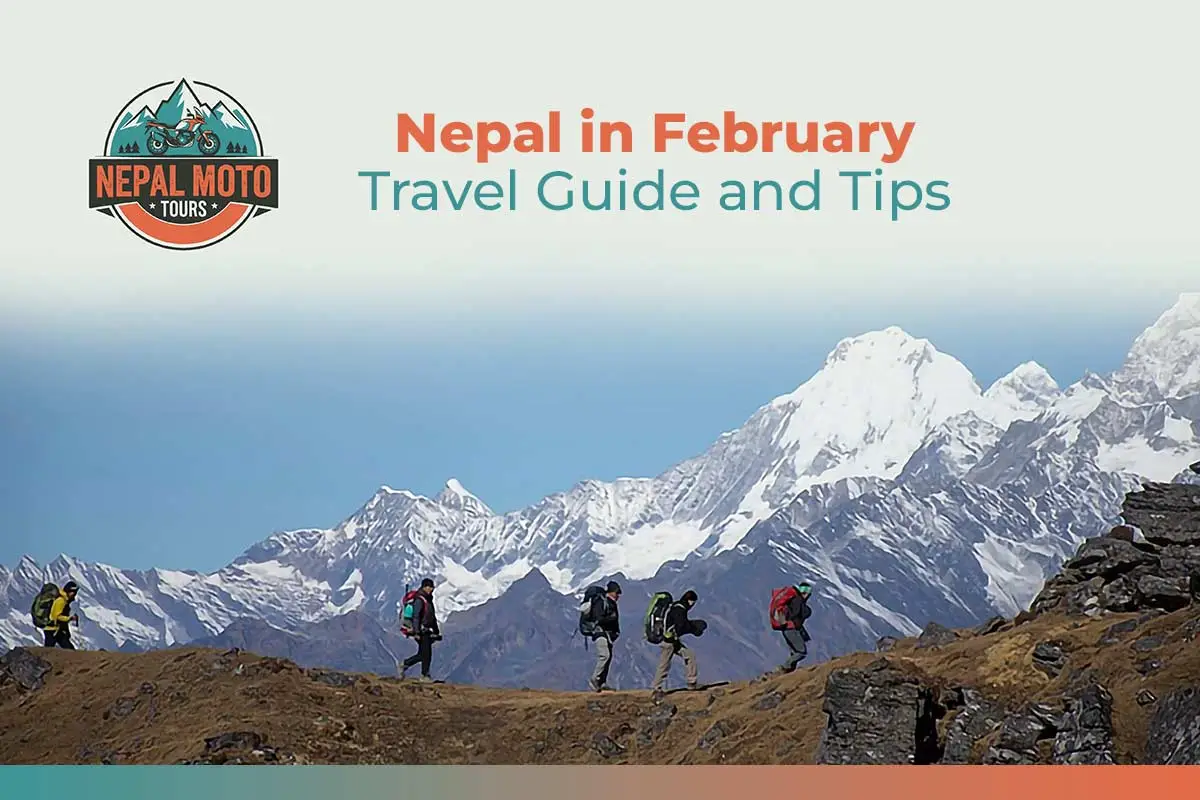

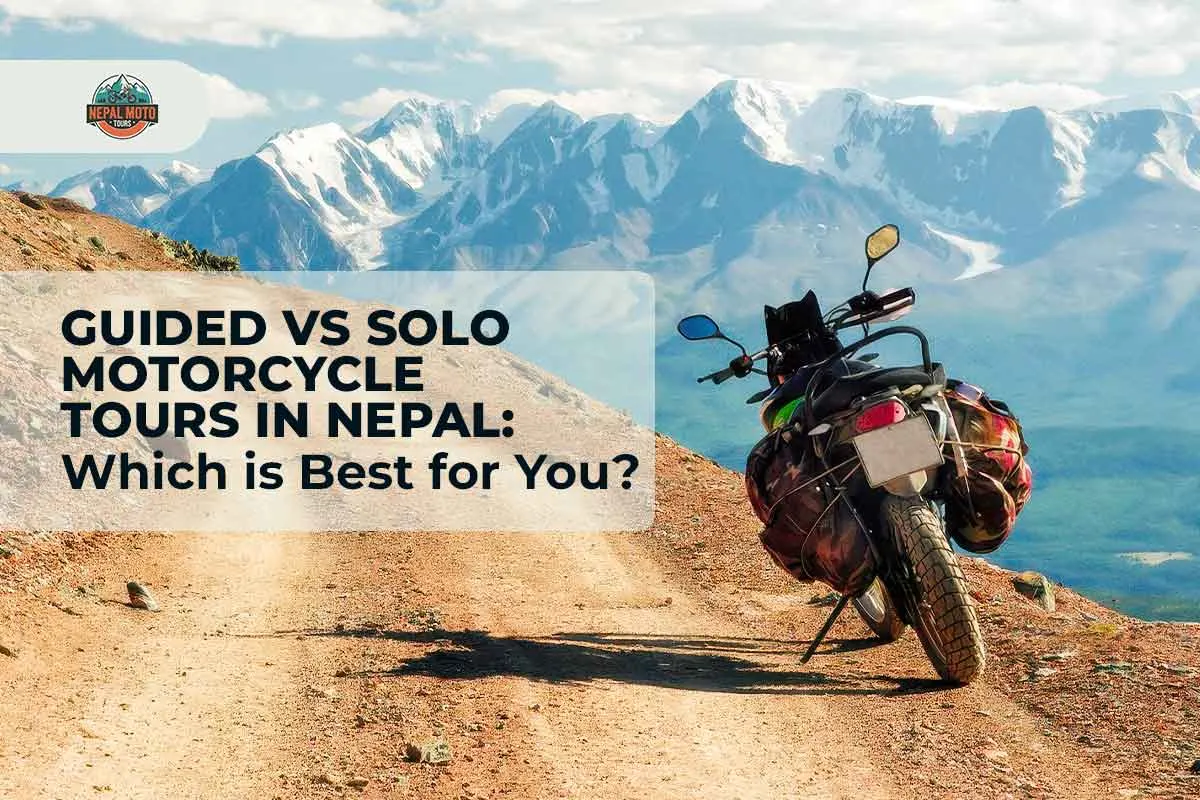
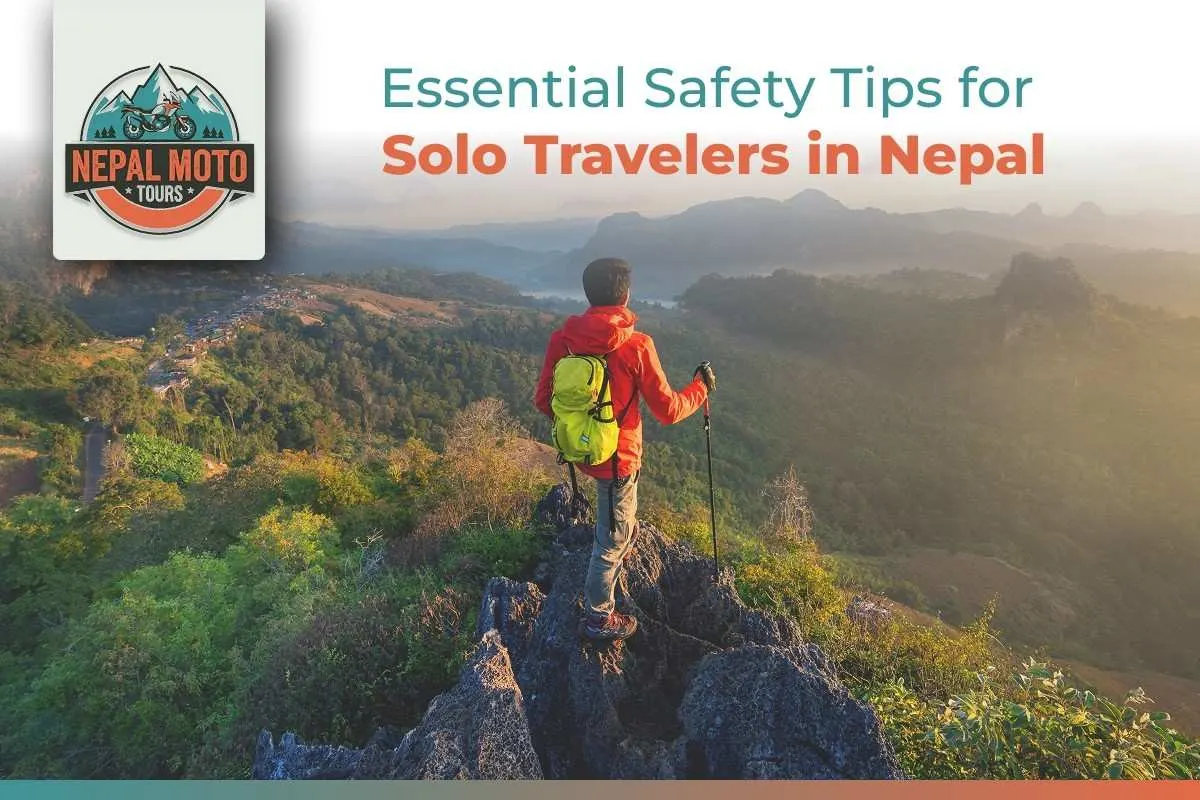
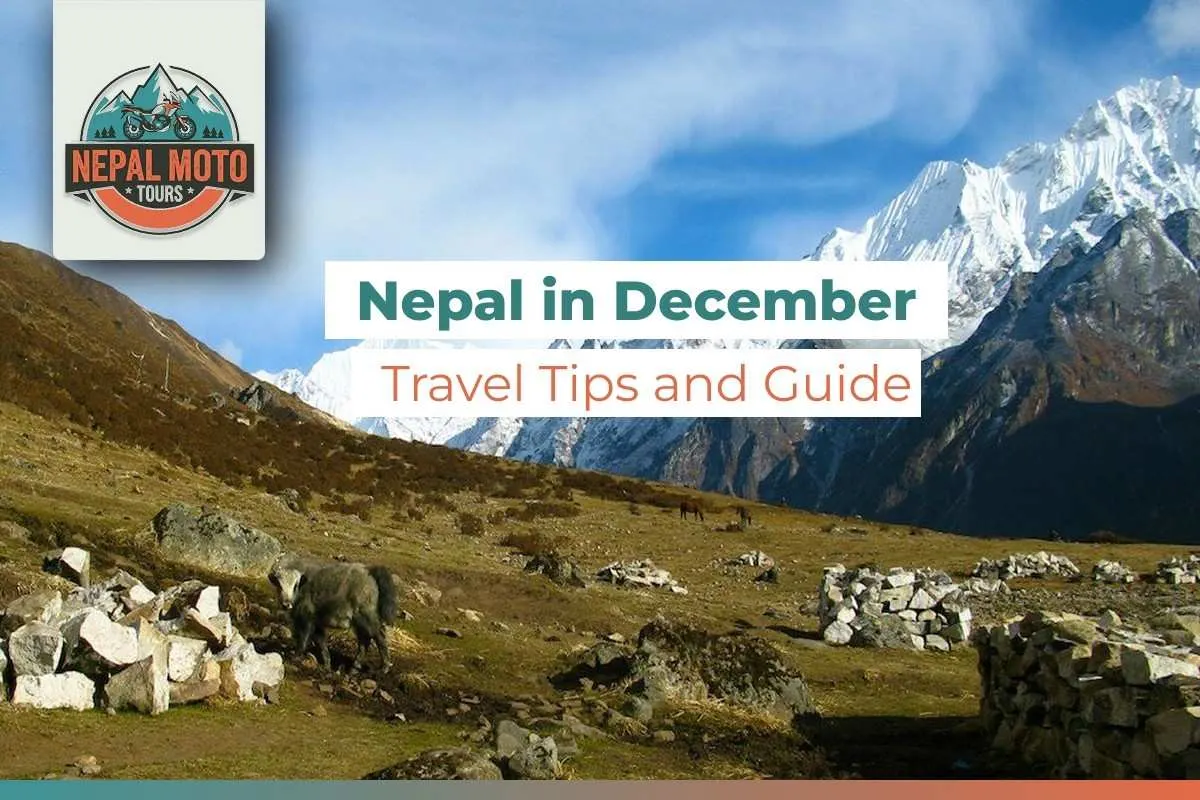
 Best places to visit in Nepal.jpg)
